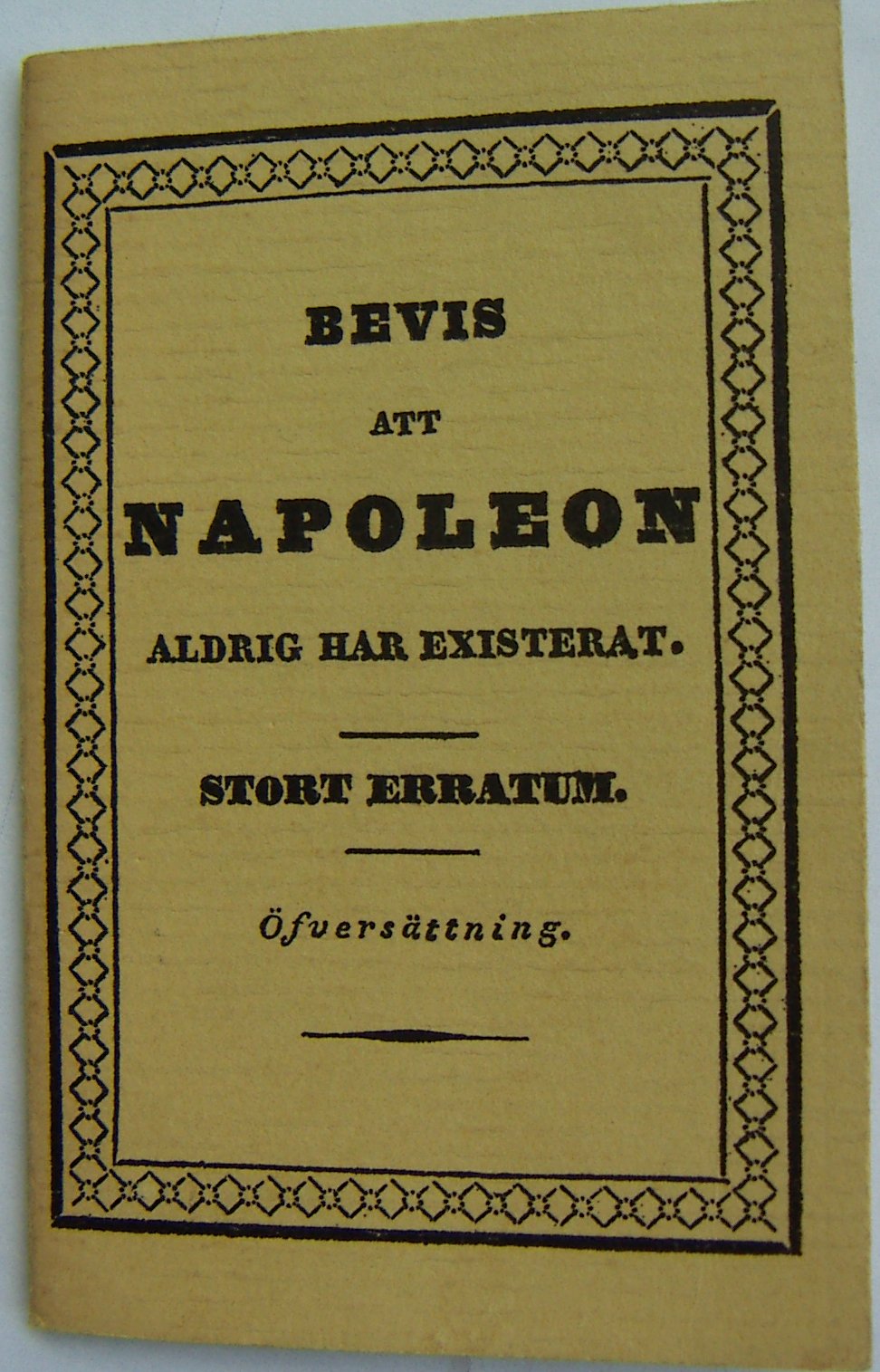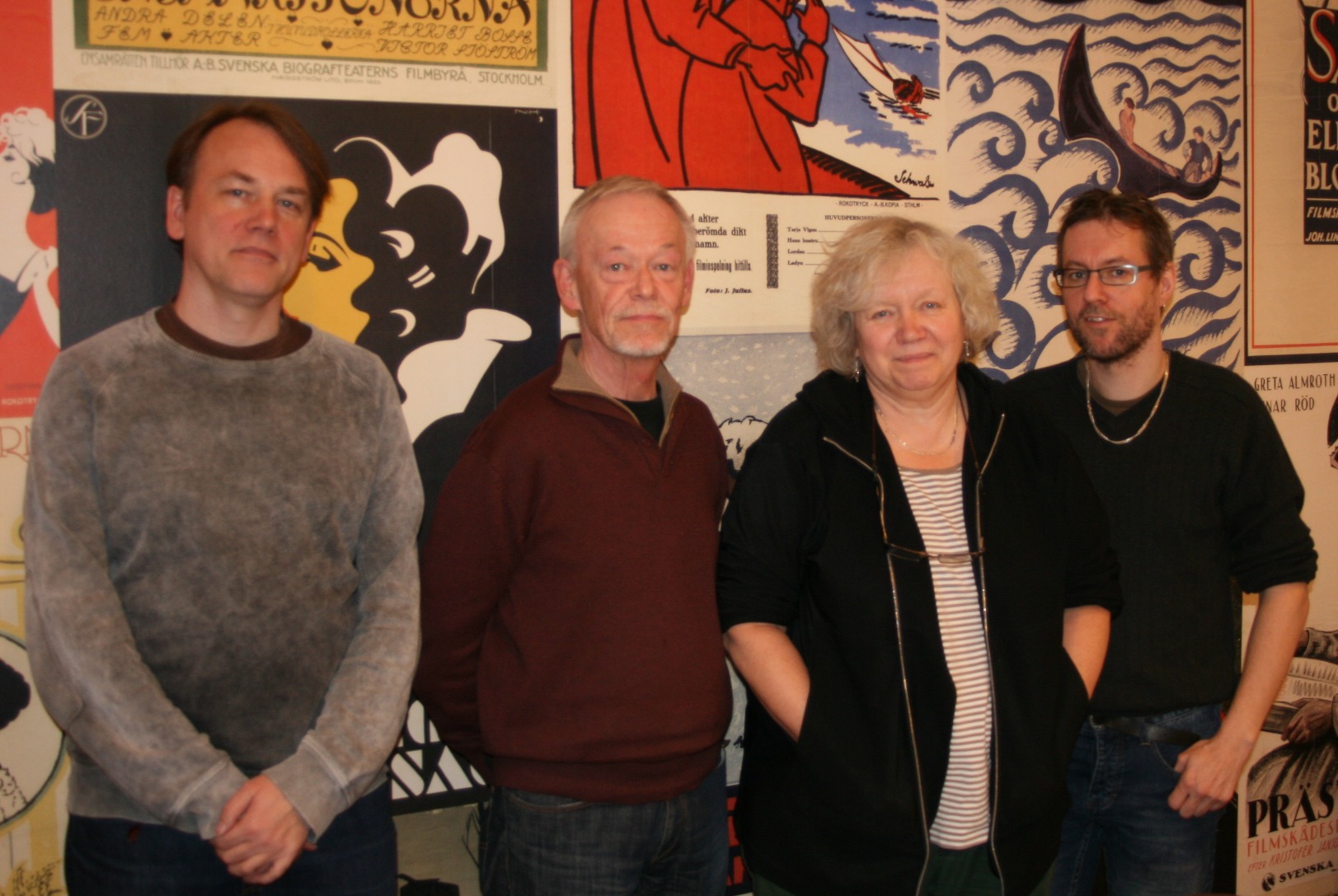|
The Tale Of A Manor And Other Sketches
''The Tale of a Manor'' ( sv, En herrgårdssägen) is an 1899 novel by the Swedish writer Selma Lagerlöf. It tells the story of a young woman who tries to rescue the man she loves from madness, caused by shame and sorrow. It was published in English in 1923, in a portmanteau volume titled ''The Tale of a Manor and Other Sketches''. The 1923 film '' The Blizzard'' by Mauritz Stiller is loosely based on the novel. See also * 1899 in literature This article contains information about the literary events and publications of 1899. Events *January 21 – The French actress Sarah Bernhardt, having taken over management of the Paris theatre she renames the Théâtre Sarah-Bernhardt, ope ... * Neo-romanticism * Swedish literature References 1899 Swedish novels Swedish novels adapted into films Novels by Selma Lagerlöf Albert Bonniers Förlag books Swedish-language novels Novels adapted into operas {{1890s-novel-stub ... [...More Info...] [...Related Items...] OR: [Wikipedia] [Google] [Baidu] |
Selma Lagerlöf
Selma Ottilia Lovisa Lagerlöf (, , ; 20 November 1858 – 16 March 1940) was a Swedish author. She published her first novel, ''Gösta Berling's Saga'', at the age of 33. She was the first woman to win the 1909 Nobel Prize in Literature, Nobel Prize in Literature, which she was awarded in 1909. Additionally, she was the first woman to be granted a membership in the Swedish Academy in 1914. Life Early years Selma Ottilia Lovisa Lagerlöf was born on 20 November 1858 at Mårbacka, Värmland, Union between Sweden and Norway, Kingdoms of Sweden and Norway. Lagerlöf was the daughter of Erik Gustaf Lagerlöf, a lieutenant in the Royal Värmland Regiment, and Louise Lagerlöf (''née'' Wallroth), whose father was a well-to-do merchant and a foundry owner (). Lagerlöf was the couple's fifth child out of six. She was born with a Hip dysplasia (human), hip injury, which was caused by detachment in the hip joint. At the age of three and a half, a sickness left her lame in both legs, alt ... [...More Info...] [...Related Items...] OR: [Wikipedia] [Google] [Baidu] |
Albert Bonniers Förlag
Albert Bonniers Förlag is a publishing company based in Stockholm, Sweden. Albert Bonniers Förlag is part of the book publishing house Bonnierförlagen, which also includes Wahlström & Widstrand and Bonnier Carlsen. History Albert Bonnier (1820–1900) established the company in 1837 in Stockholm. Under his son and successor Karl Otto Bonnier (1856–1941), the company grew to be one of the largest publishers in Sweden. Many well-known Swedish authors have been published by Albert Bonniers Förlag. Notable authors have included August Strindberg, Verner von Heidenstam, Gustaf Fröding, Selma Lagerlöf and Hjalmar Söderberg. Albert Bonniers Förlag publishes around 100 books per year. Its publications have been characterized by versatility, including novels, poetry, memoirs, biographies, essays and travelogues as well as a variety of non-fiction books. Contemporary writers include Tomas Tranströmer, Carlos Ruiz Zafón, Dan Brown and Åsa Larsson. See also * Bonnier family ... [...More Info...] [...Related Items...] OR: [Wikipedia] [Google] [Baidu] |
The Blizzard (1923 Film)
''The Blizzard'' is a 1923 Swedish drama film directed by Mauritz Stiller, starring Einar Hanson, Mary Johnson, Pauline Brunius, and Hugo Björne. The film's original Swedish title is ''Gunnar Hedes saga'', which means "The story of Gunnar Hede". The narrative revolves a student who tries to save his family's mansion which is facing bankruptcy. The film is loosely based on the Selma Lagerlöf novel ''The Tale of a Manor''. Cast Production AB Svensk Filmindustri (SF) had initially tried to make a film adaptation of Selma Lagerlöf's ''The Tale of a Manor'' in 1915, and Gustaf Molander had developed a screenplay. The film was however cancelled. In the early 1920s the plans were revived and the project was given to Mauritz Stiller, who is credited as writer together with the Finnish-Swedish author Alma Söderhjelm. The screenplay differs from the original story in several regards, and the opening titles call it a "free adaptation" of the novel. Just like Stiller had ... [...More Info...] [...Related Items...] OR: [Wikipedia] [Google] [Baidu] |
Mauritz Stiller
Mauritz Stiller (born Moshe Stiller, 17 July 1883 – 18 November 1928) was a Swedish film director of Finnish Jewish origin, best known for discovering Greta Garbo and bringing her to America. Stiller had been a pioneer of the Swedish film industry, writing and directing many short films from 1912. When Metro-Goldwyn-Mayer invited him to Hollywood as a director, he arrived with his new discovery Greta Gustafsson, whose screen name Greta Garbo is believed to have been his suggestion. After frequent disagreements with studio executives at MGM and Paramount Pictures, Stiller returned to Sweden, where he died soon afterwards. Life Moshe Stiller was born in Helsinki. His family was of Ashkenazi Jews, Ashkenazi Jewish heritage, having lived in Russia and Poland before settling in Finland, these countries being part of the Russian Empire. After his father's death when he was four, his mother committed suicide. He was raised by family friends. From an early age, Stiller was interes ... [...More Info...] [...Related Items...] OR: [Wikipedia] [Google] [Baidu] |
Swedish Film Database
The Swedish Film Database ( sv, Svensk filmdatabas) is an Internet database about Swedish films, published by the Swedish Film Institute The Swedish Film Institute ( sv, Svenska Filminstitutet) was founded in 1963 to support and develop the Swedish film industry. The institute is housed in the ''Filmhuset'' building located in Gärdet, Östermalm in Stockholm. The building, comp .... It contains information about all Swedish films from 1897 onwards and foreign films that had cinema premiere in Sweden. It also provides many biographies of actors, directors, producers etc. who participated in Swedish films over the years. It is created with the support of the Bank of Sweden Tercentenary Foundation. The database comprises about 62,000 films (17,000 Swedish films) and 265,000 people. References External linksSwedish Film Database Swedish film websites Online film databases Databases in Sweden {{website-stub ... [...More Info...] [...Related Items...] OR: [Wikipedia] [Google] [Baidu] |
Swedish Film Institute
The Swedish Film Institute ( sv, Svenska Filminstitutet) was founded in 1963 to support and develop the Swedish film industry. The institute is housed in the ''Filmhuset'' building located in Gärdet, Östermalm in Stockholm. The building, completed in 1970, was designed by architect Peter Celsing. Function The Swedish Film Institute supports Swedish filmmaking and allocates grants for production, distribution and public showing of Swedish films in Sweden. It also promotes Swedish cinema internationally. Furthermore, the Institute organises the annual Guldbagge Awards. The Swedish Film Database is published by the institute. Through the Swedish Film Agreement, between the Swedish state and the film and media industry, the Government of Sweden, the TV companies which were party to the agreement, and Sweden's cinema owners jointly fund the Film Institute and thus, indirectly, Swedish filmmaking. The agreement ran from January 1, 2006, until December 31, 2012. The building also ... [...More Info...] [...Related Items...] OR: [Wikipedia] [Google] [Baidu] |
1899 In Literature
This article contains information about the literary events and publications of 1899. Events *January 21 – The French actress Sarah Bernhardt, having taken over management of the Paris theatre she renames the Théâtre Sarah-Bernhardt, opens it in the title rôle of Victorien Sardou's ''La Tosca''. On May 20 she premières an adaptation of Shakespeare's ''Hamlet'', with herself in the title rôle. *March 20 – W. H. Davies, "tramp-poet", loses his foot trying to jump on a freight train at Renfrew, Ontario. *April – Karl Kraus establishes the radical periodical ''Die Fackel'' (The Torch) in Vienna. *April–June – Rainer Maria Rilke, still an art student at the time, travels to Moscow to meet Leo Tolstoy. *May–December – The only work of fiction by the British politician Winston Churchill, '' Savrola: A Tale of the Revolution in Laurania'', is serialised in ''Macmillan's Magazine''. * May 8 – The Irish Literary Theatre, founded by W. B. Yeats, Augusta, Lady Greg ... [...More Info...] [...Related Items...] OR: [Wikipedia] [Google] [Baidu] |
Swedish Literature
Swedish literature () refers to literature written in the Swedish language or by writers from Sweden. The first literary text from Sweden is the Rök runestone, carved during the Viking Age circa 800 AD. With the conversion of the land to Christianity around 1100 AD, Sweden entered the Middle Ages, during which monastic writers preferred to use Latin. Therefore, there are only a few texts in the Old Swedish from that period. Swedish literature only flourished after the Swedish literary language was developed in the 16th century, which was largely due to the full translation of the Christian Bible into Swedish in 1541. This translation is the so-called Gustav Vasa Bible. With improved education and the freedom brought by secularisation, the 17th century saw several notable authors develop the Swedish language further. Some key figures include Georg Stiernhielm (17th century), who was the first to write classical poetry in Swedish; Johan Henric Kellgren (18th century), the first t ... [...More Info...] [...Related Items...] OR: [Wikipedia] [Google] [Baidu] |
1899 Swedish Novels
Events January 1899 * January 1 ** Spanish rule ends in Cuba, concluding 400 years of the Spanish Empire in the Americas. ** Queens and Staten Island become administratively part of New York City. * January 2 – **Bolivia sets up a customs office in Puerto Alonso, leading to the Brazilian settlers there to declare the Republic of Acre in a revolt against Bolivian authorities. **The first part of the Jakarta Kota–Anyer Kidul railway on the island of Java is opened between Batavia Zuid ( Jakarta Kota) and Tangerang. * January 3 – Hungarian Prime Minister Dezső Bánffy fights an inconclusive duel with his bitter enemy in parliament, Horánszky Nándor. * January 4 – **U.S. President William McKinley's declaration of December 21, 1898, proclaiming a policy of benevolent assimilation of the Philippines as a United States territory, is announced in Manila by the U.S. commander, General Elwell Otis, and angers independence activists who had fought a ... [...More Info...] [...Related Items...] OR: [Wikipedia] [Google] [Baidu] |
Swedish Novels Adapted Into Films
Swedish or ' may refer to: Anything from or related to Sweden, a country in Northern Europe. Or, specifically: * Swedish language, a North Germanic language spoken primarily in Sweden and Finland ** Swedish alphabet, the official alphabet used by the Swedish language * Swedish people or Swedes, persons with a Swedish ancestral or ethnic identity ** A national or citizen of Sweden, see demographics of Sweden ** Culture of Sweden * Swedish cuisine See also * * Swedish Church (other) * Swedish Institute (other) * Swedish invasion (other) * Swedish Open (other) Swedish Open is a tennis tournament. Swedish Open may also refer to: *Swedish Open (badminton) * Swedish Open (table tennis) *Swedish Open (squash) *Swedish Open (darts) The Swedish Open is a darts tournament established in 1969, held in Malm� ... {{disambig Language and nationality disambiguation pages ... [...More Info...] [...Related Items...] OR: [Wikipedia] [Google] [Baidu] |
Novels By Selma Lagerlöf
A novel is a relatively long work of narrative fiction, typically written in prose and published as a book. The present English word for a long work of prose fiction derives from the for "new", "news", or "short story of something new", itself from the la, novella, a singular noun use of the neuter plural of ''novellus'', diminutive of ''novus'', meaning "new". Some novelists, including Nathaniel Hawthorne, Herman Melville, Ann Radcliffe, John Cowper Powys, preferred the term "romance" to describe their novels. According to Margaret Doody, the novel has "a continuous and comprehensive history of about two thousand years", with its origins in the Ancient Greek and Roman novel, in Chivalric romance, and in the tradition of the Italian renaissance novella.Margaret Anne Doody''The True Story of the Novel'' New Brunswick, NJ: Rutgers University Press, 1996, rept. 1997, p. 1. Retrieved 25 April 2014. The ancient romance form was revived by Romanticism, especially th ... [...More Info...] [...Related Items...] OR: [Wikipedia] [Google] [Baidu] |









